
Article
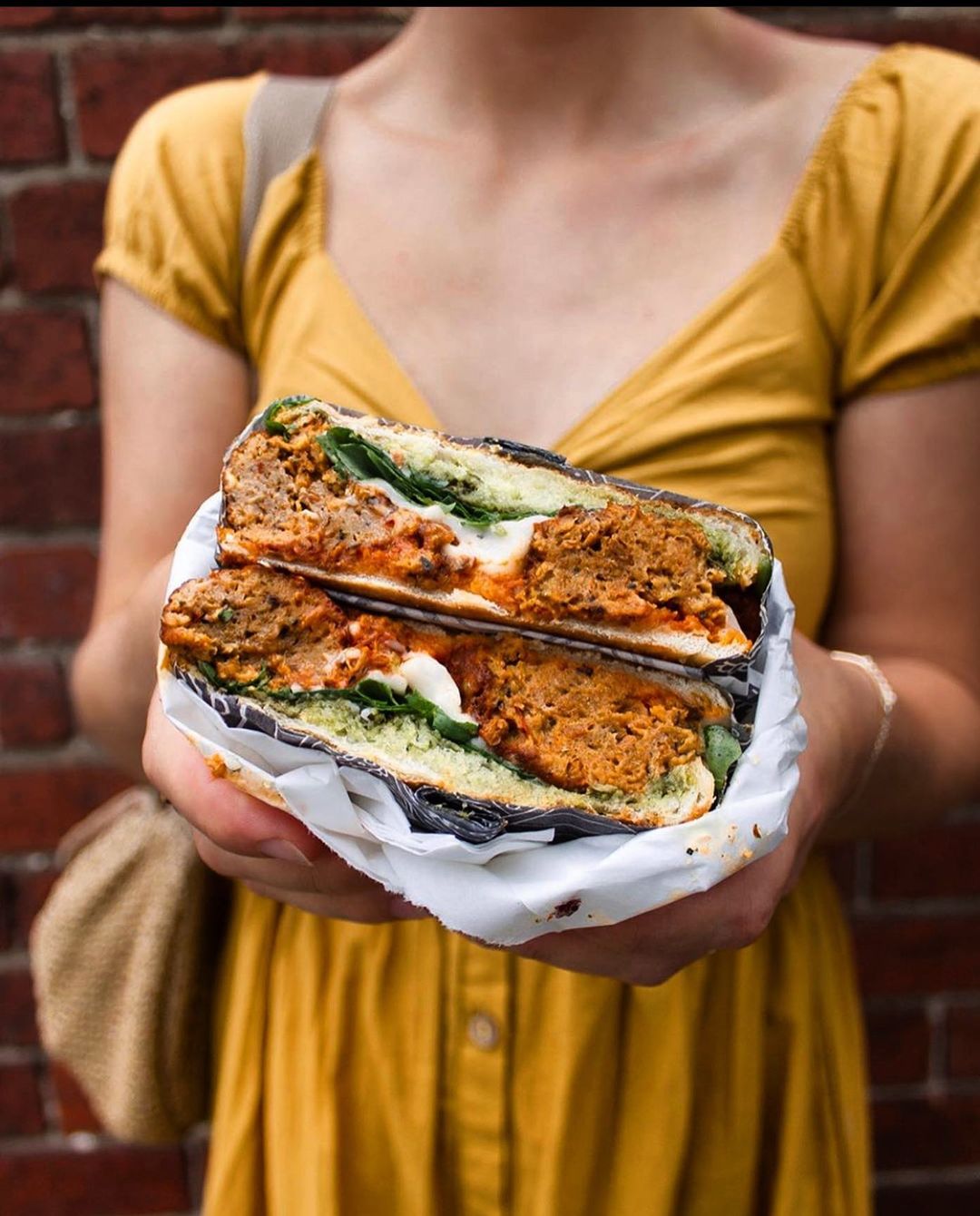
When embracing a diet rich in plants, there seems to be one question on everyone’s lips – “where do you get your protein?” Well read on, friends, as I walk you through some of the best (and tastiest) sources that will help you meet your daily requirements with ease!
Protein provides the building blocks for our body. It is used for muscle repair and growth, and it supplies us with amino acids to make keratin, collagen and elastin — the proteins that keep our skin, hair and nails looking so fabulously healthy. It can also be used as an energy source for our bodies.
Each person’s daily protein requirements vary based on their weight. For adult women, 0.75 grams is recommended per kilo of body weight, with around 0.85 grams recommended for adult men. Of course, as with any broad nutritional advice, there are variations based on individual needs, so consult your GP if you’re unsure.
Now, while most plants contain some protein, there are a few plant-based champions that are real standouts for this vital macronutrient — I’m looking at you, seitan! Allow me to take you on a journey through some of protein’s meatier MVPs — that’s ‘most valuable plants’ 🙂
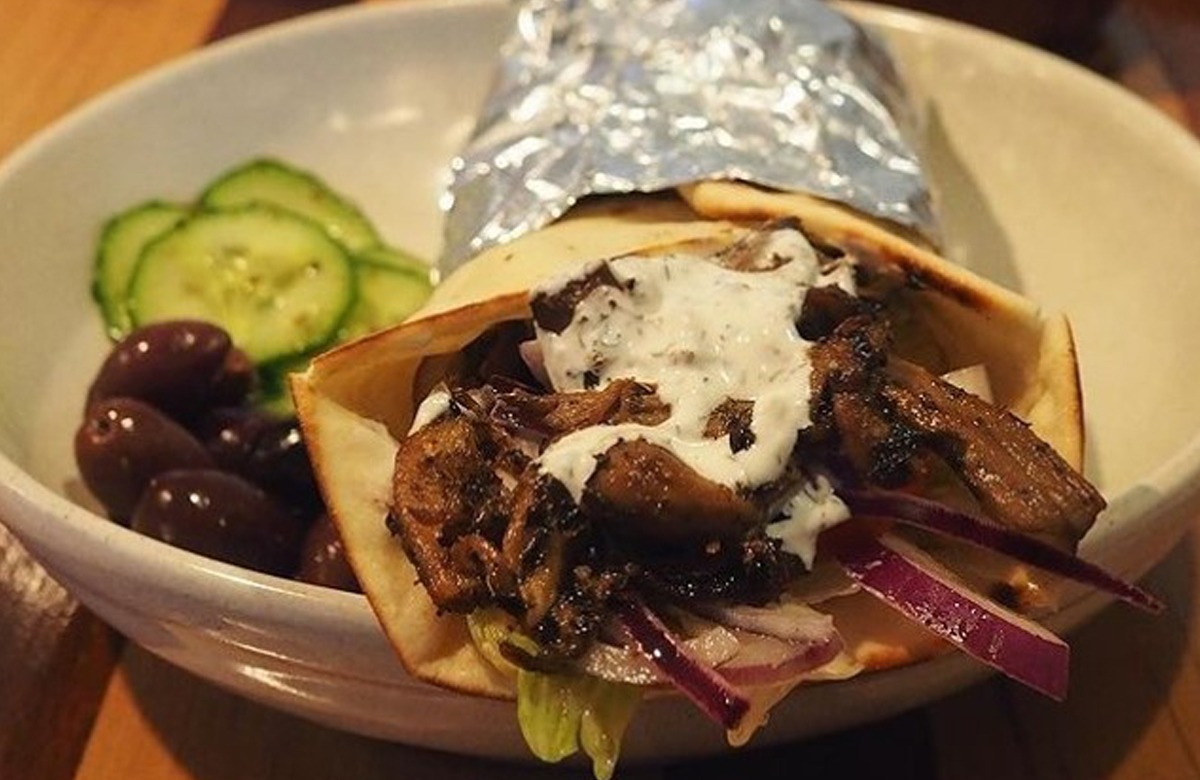
Let’s start off with this protein heavyweight. Seitan, made entirely from wheat gluten, has one of the highest protein contents of any plant-based food around, boasting an average of 20-25g per 100g serve. It resembles the look and texture of meat, with the same firm and chewy consistency. While it’s not always readily available in supermarkets, you’ll be able to nab this at health food stores and specialty grocers. It’s best used for traditionally meat heavy dishes like kebabs, skewers, stews, and roasts. If you prefer to take the scenic route in the kitchen, you can even make your own.
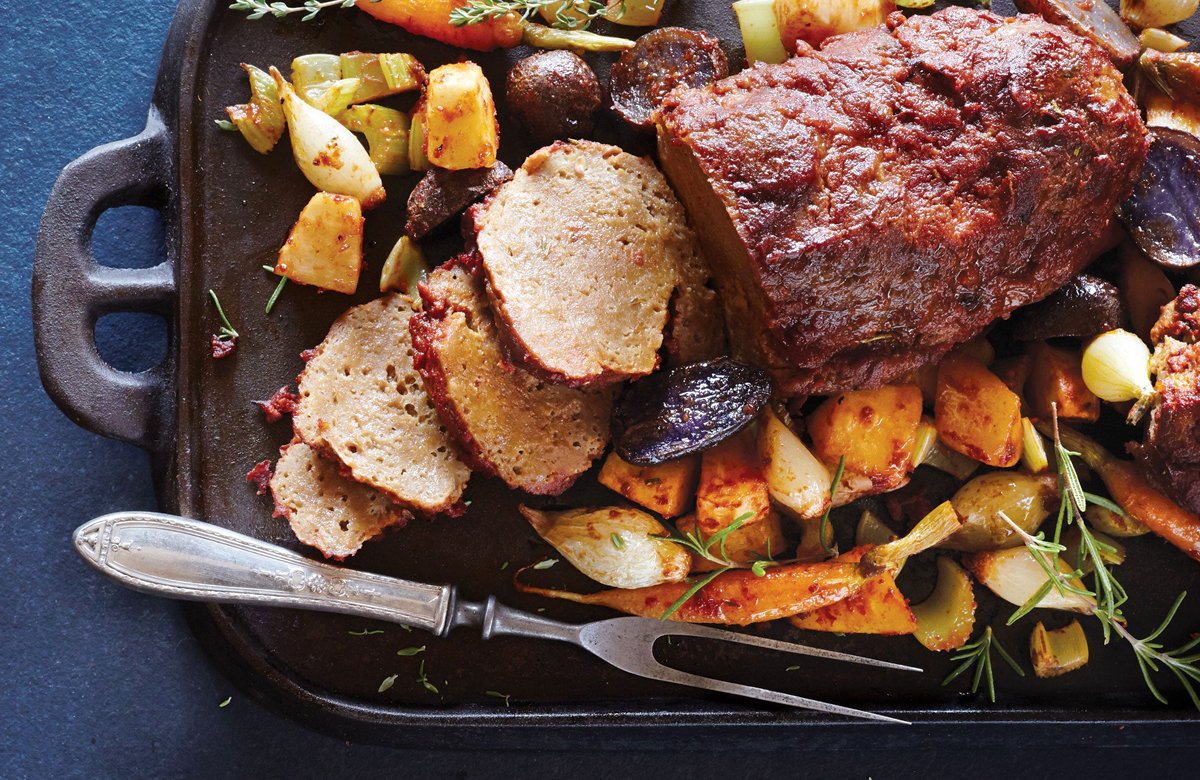
Hot tip: If you prefer the eating over the preparing, you’ll be happy to hear that more and more eateries are harnessing the power of this glutinous magic. In fact, Sydney-based company, I Should Be Souvlaki, delivers meal kits featuring their famous seitan chicken straight to your door! For those in Melbourne, there are a plethora of gluten and soy based delights available in the form of deli slices, ready meals, and lunchtime sandwiches at popular all-vegan eatery, Smith & Deli. (Featured in the header image is their famous ‘Maury Ballstein’ — a meatball sub on a Turkish roll)
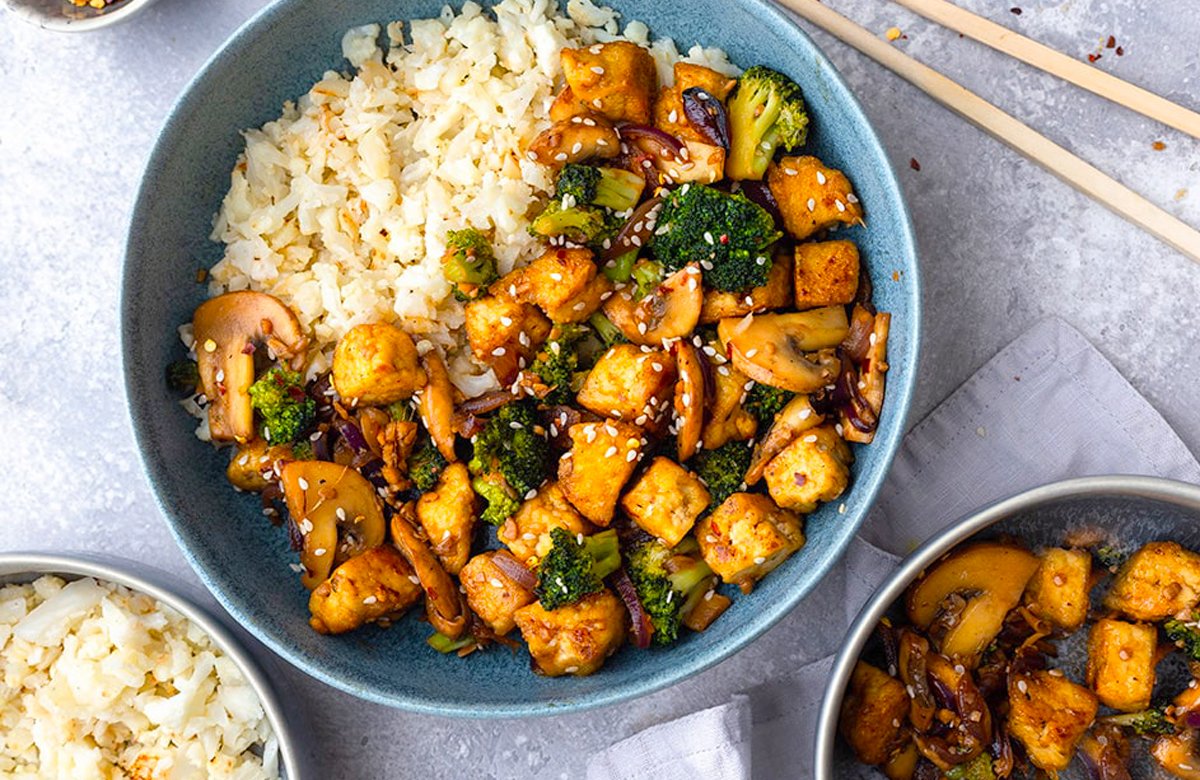
Tofu is another hard hitter in the protein stakes, with approximately 8 grams of protein in just a 100g serve, though let’s face it — if you’re anything like me, your serve is likely double that. Tofu is so versatile and takes on the profile flavour of whatever it’s cooked with. It also comes in many different kinds. You can get it in a firm, medium or silken texture, as well as pre-marinated. I will forever be a fan of the firm variety as a breakfast scramble, or as delicious cubes of crispy morsels tossed through a stir fry, however the medium variety is a close second for me as an ‘egg-less salad‘ for a tasty sandwich filling. The silken variety is excellent for making your own sauces, but it really shines best in desserts. That’s right, that means you can make this Baked Berry Cheesecake on the grounds that it is a necessary requirement for your nutrition! 😉
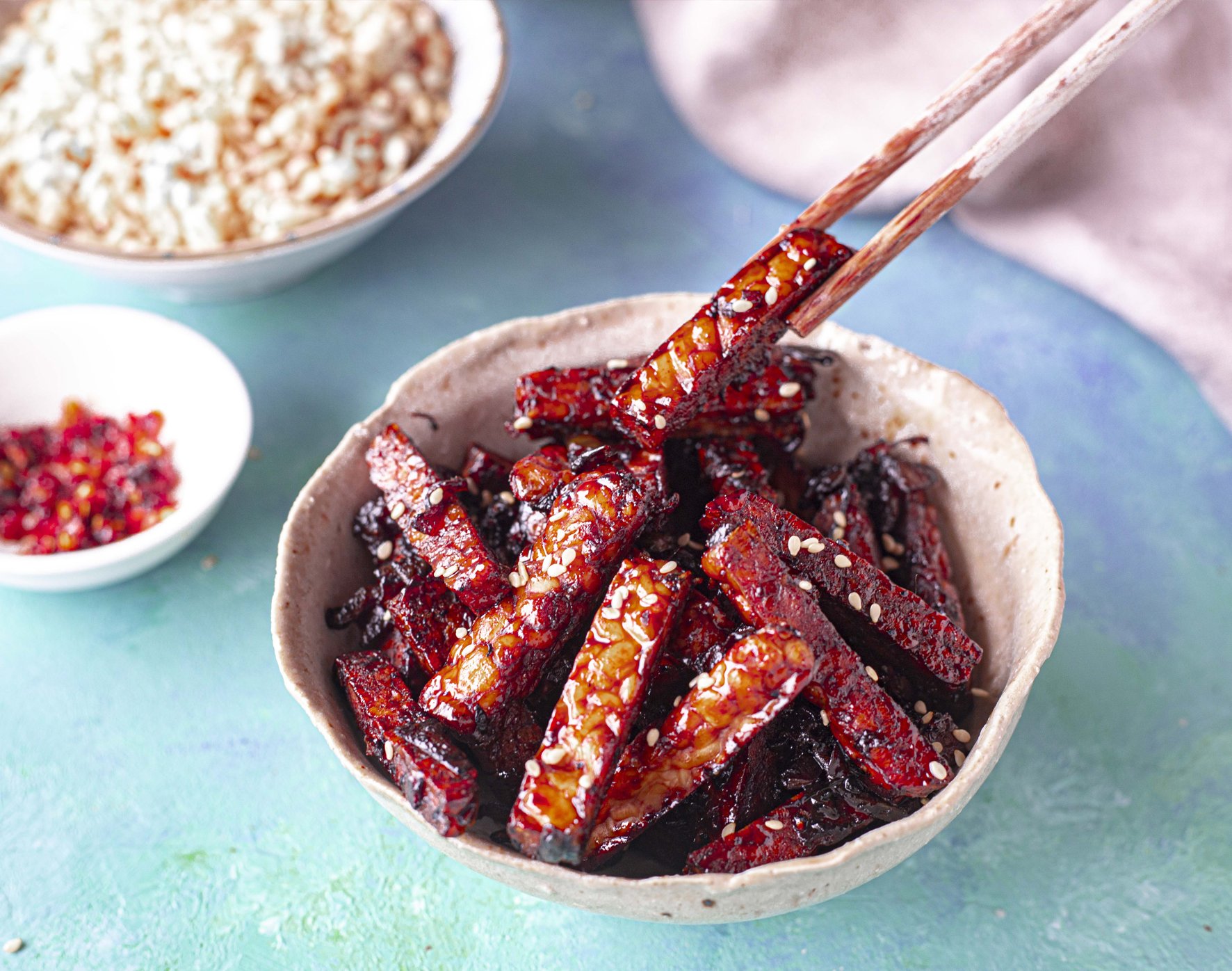
Another great plant protein is tempeh. Originally from Indonesia, tempeh — like tofu — is made from soy.
Its subtle but distinct nutty flavour, as well as its chewy texture, makes it ideal for hearty dishes, such as curries, as a filling in sandwiches, or in this Soul Bowl. It’s also best enjoyed marinated and spiced as it easily absorbs different flavours. In addition to being a great source of protein (a whopping 19g per 100g serving!) it’s also a great source of iron, magnesium and calcium, while keeping low in carbs and sodium. For a healthy, drool-worthy lunch, I recommend slathering your tempeh in a spicy satay for the ultimate burger!
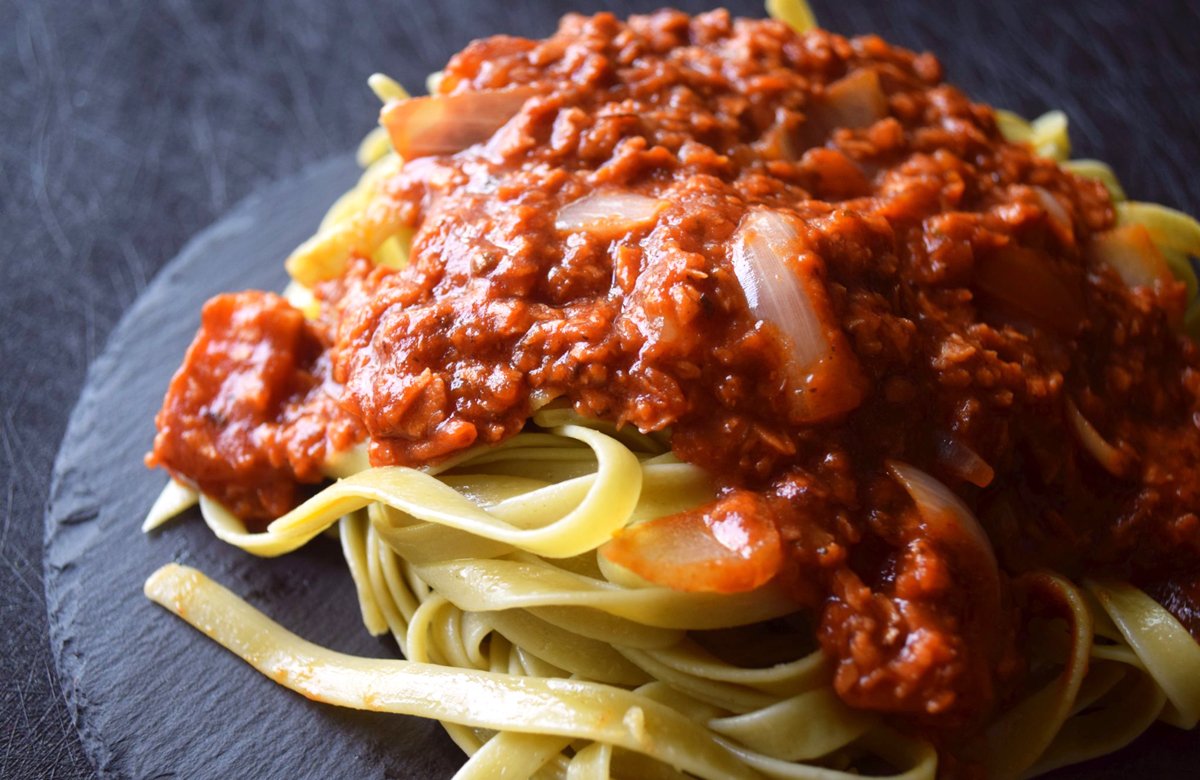
Textured Vegetable Protein, or TVP, is an easy and delicious ingredient to work with. Made from soy flour, it’s sold in its dehydrated form at most supermarkets and mimics the form of ground meat when cooked. Like the other high-protein performers mentioned here, TVP will take on the flavours it’s cooked with. It adds great bulk for tacos, and when paired with the humble tomato, it’s a match made in heaven for a rich Bolognese sauce. In fact, anywhere animal-mince is traditionally used or called for in recipes, TVP works superbly as a healthy substitute.
Before you get too excited and buy enough TVP to bathe in, allow me to tell you the protein content. In only ¼ of a cup in its dehydrated form, it contains 12 grams! Did I also mention it is a great source of iron and contains zero fat?!! Now go forth and bathe…!
If you needed any persuading to try this for your next taco night, I should mention that soy is a complete protein — which means that TVP, tofu and tempeh all contain the 9 essential amino acids that your body needs to function.
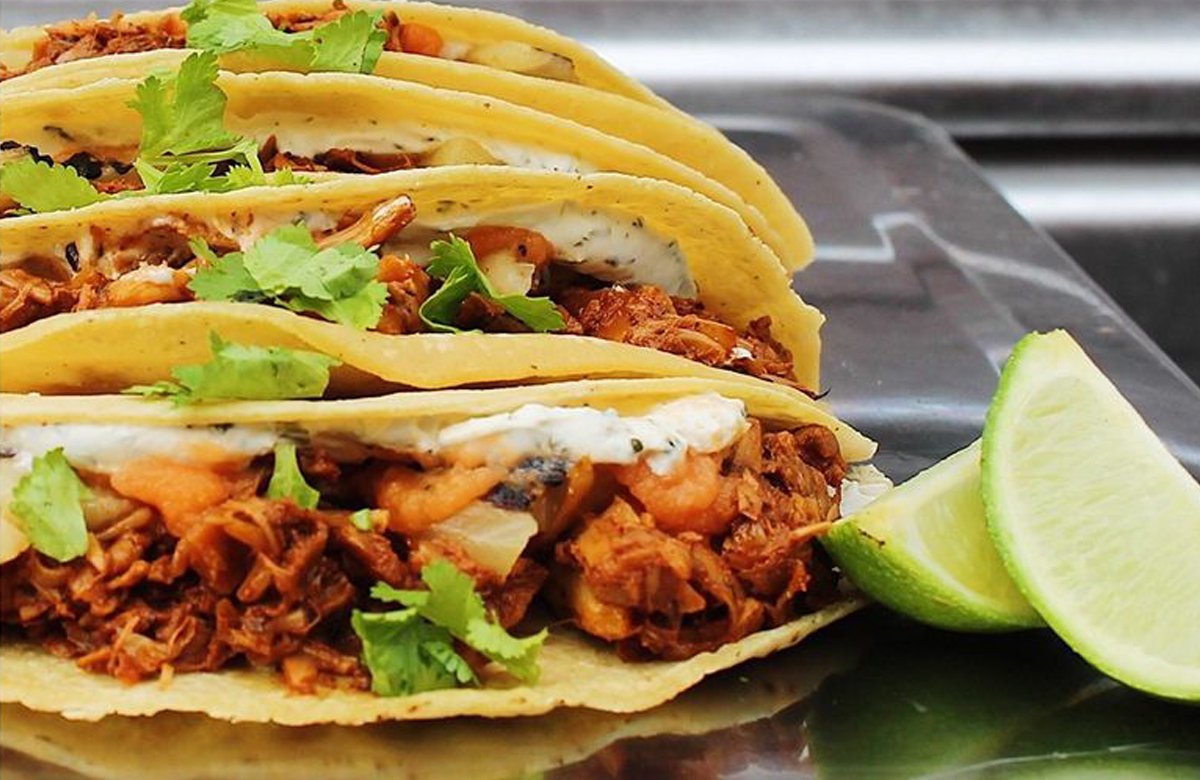
While the sources mentioned above are all perfect replacements for animal-based meat in dishes, there are so many great wholefoods out there to include in your diet to boost protein intake. Pulses such as chickpeas, kidney beans and black beans are all protein-dense, along with pistachios, almonds, quinoa, and edamame. Give everything a try to see what you like best. Variety is the spice of life, after all! ![]()

Jacqui likes to spend her spare time with her two cats, eating sweet treats and listening to 90s British pop. She enjoys making plant-based goodies inspired by her love of all things David Lynch, and if she’s cooking dinner, you better believe there is gonna be spice!